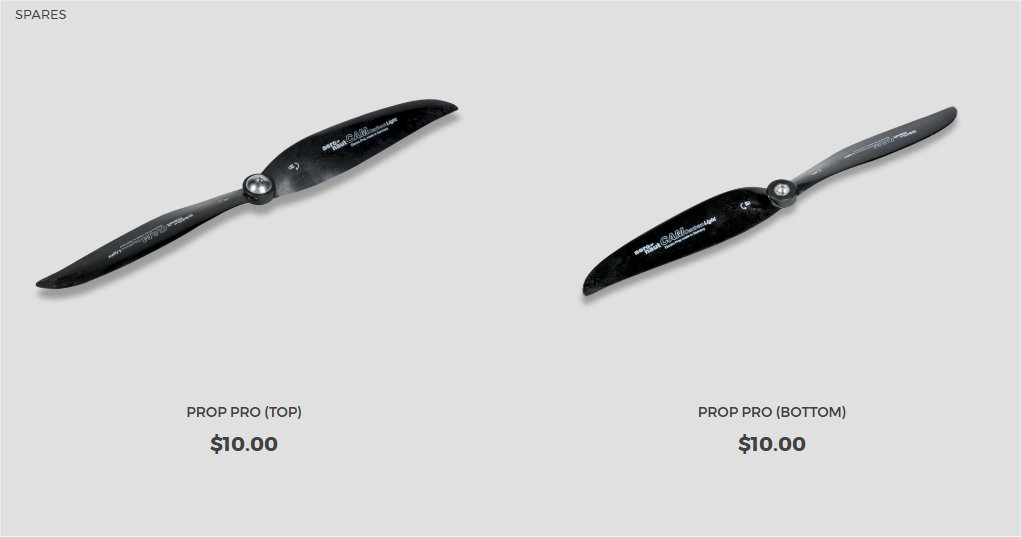Well it all came to a dramtic end today. Ironically, I went to the field confident that it was going to fly well. I found serveral problems in my set up that were likely the source of the problems. The vertical tilt was off about 3 degrees. Not a big deal but was causing the FF6 to move forward when it should be stationary. The horizontal tilt was about 7 degrees over rotated, past the intended thrust line. I believe this was causing the apparent heavy nose. There was a 5 degree difference between the left and right forward motor mounts. This was exacerbated by the tail engine assembly being canted 3 degrees right. Combined, I think this is why in airplane mode it only turned right.
I fixed all of these and confidently drove to the field, thinking it would surely fly.
With multiple attempts, I still couldn’t get it to transition. Slower was definitly better, but it wasn’t getting to the transition speed at q_tilt_max 40 (this was after I tried Tridge’s 30 and 35 degree recommendations). I think I needed to set q_tilt_max to 50. However, I had a dramatic and catastrophic crash prior to continued expermentation.
After reviewing the damage and impact area my working hypothsis is a propeller came loose. I double checked the writing was up on all propellers and tightened them, at least I thoguht I did. My habit is to grab the propeller and the rotor on the engine and spin until tight. I swear I did this on all six motors, but the crash site says otherwise. The tell tale sign was finding an unbroken propeller about 30 ft from the crash site. The threads on the engine and in the prop appear intact, with no indications of being torn off.
Continuing to speculate, I think the loss of the propeller induced a violent roll, ejecting one of the batteries and then the other, leading to a powerless and uncontrollable airplane accelerating toward the deck. The FF6 impacted the ground nearly vertical, nose first, crumbling the fuselage. It was hard to watch, knowing I couldn’t do anythign to prevent the inevitiable.
I am reminded of the old ABC Sport’s slogan: “The Thrill of Victory or The Agony of Defeat.”
I am grateful to Tridge for all the time and effort he contributed to my endevor. I am dissappointed I crashed it. I really thought I was close and I think I was.
This expereince has reaffirmed our commitment to Ardupilot and this fantastic community. Thank you for the great work.
Lastly, we are in the market for a durable, Pixhawk controlled VTOL airplane that is well-tested and ready to go. lt needs to cover at least 500 acres in one flight and be able to carry a sony A6000 or equvialent weight payload. Suggestions?
Dave
